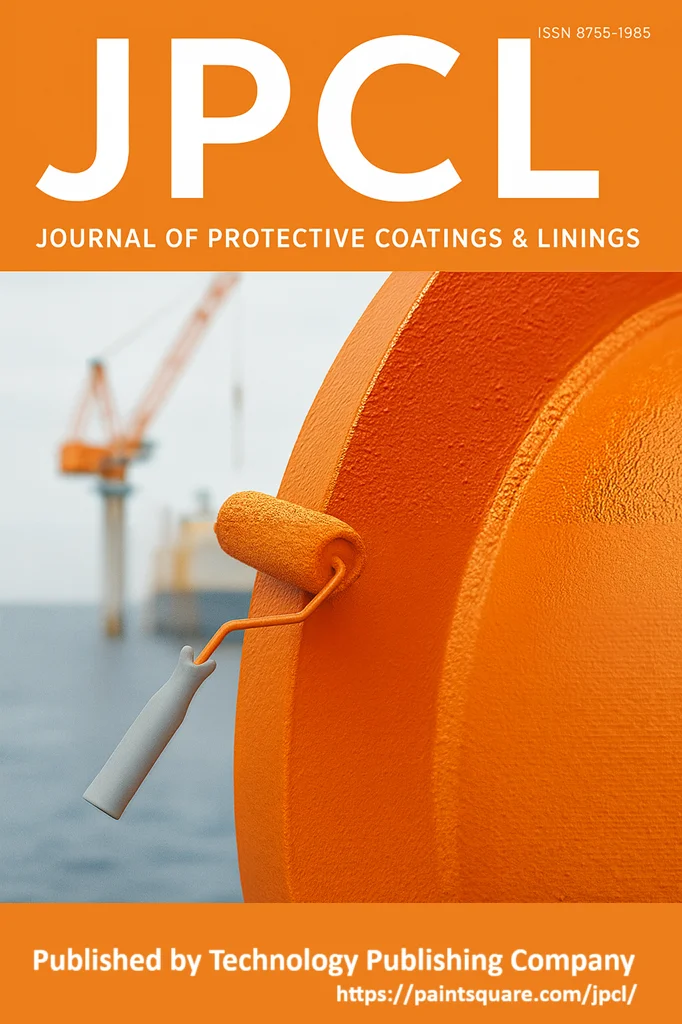Journal Access and Open Access Policy
The Journal of Protective Coatings and Linings (ISSN 8755-1985) has been a leading publication in the fields of engineering, materials science, and surface technologies since its inception in 1984. For four decades, the journal operated as a subscription-based, closed-access publication, providing high-quality research to academic institutions, industry professionals, and subscribers who paid a subscription fee for access.
Effective January 1, 2025, the Journal of Protective Coatings and Linings transitioned to a fully open access model. From this date forward, all newly published articles are immediately and freely available to readers worldwide, with no barriers or fees for access. This change reflects our commitment to the rapid dissemination of scientific knowledge and the promotion of research accessibility.
Authors are not required to pay any article processing charges (APCs) or publication fees.
There is no cost to submit manuscripts to the journal.
Readers have free, unrestricted access to all published content.
Authors retain full copyright over their published work, under the terms of the Creative Commons Attribution (CC BY) license.
What Does Open Access Mean?
Open access means that all published articles are freely accessible online for anyone to read, download, distribute, and share, without financial, legal, or technical barriers. This model ensures that research reaches the widest possible audience and fosters global collaboration and innovation.
Benefits of Open Access
Open access articles are accessible to a global audience, which can increase readership and citation rates.
Immediate, barrier-free access enables rapid sharing of new findings with researchers, practitioners, policymakers, and the general public.
Open access ensures that researchers and institutions in all countries, regardless of economic resources, can both contribute to and benefit from the latest scientific advancements.
Many funding agencies now require open access publication; our model aligns with these mandates.
Free access to research promotes interdisciplinary and international collaboration.
